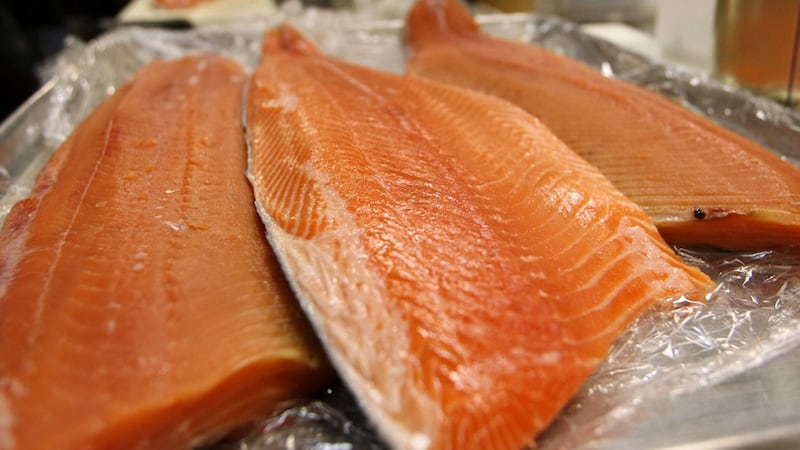Wild salmon is touted as part of a healthy diet by nutrition experts, but the results of a new study may prompt consumers to change their cooking methods.
Scientists have found evidence of a Japanese broad tapeworm in samples of Pacific salmon caught in Alaska, according to a CNN report. The study, published Wednesday in the CDC journal, Emerging Infectious Diseases, found the presence of tapeworm in several variety of Pacific salmon, including pink salmon, sockeye salmon and coho salmon.
While many people with tapeworms will not experience symptoms, their presence can lead to serious health issues, such as intestinal obstruction, according to the CNN report. Specialized drugs are effective in treating tapeworm infections.
For salmon lovers, the best way to avoid a tapeworm infection is to cook fresh fish to 145 Fahrenheit for four to five minutes, which will kill the parasites. Buying frozen salmon may reduce risk of tapeworms, as freezing can kill the tapeworm and larvae.
Cox Media Group








